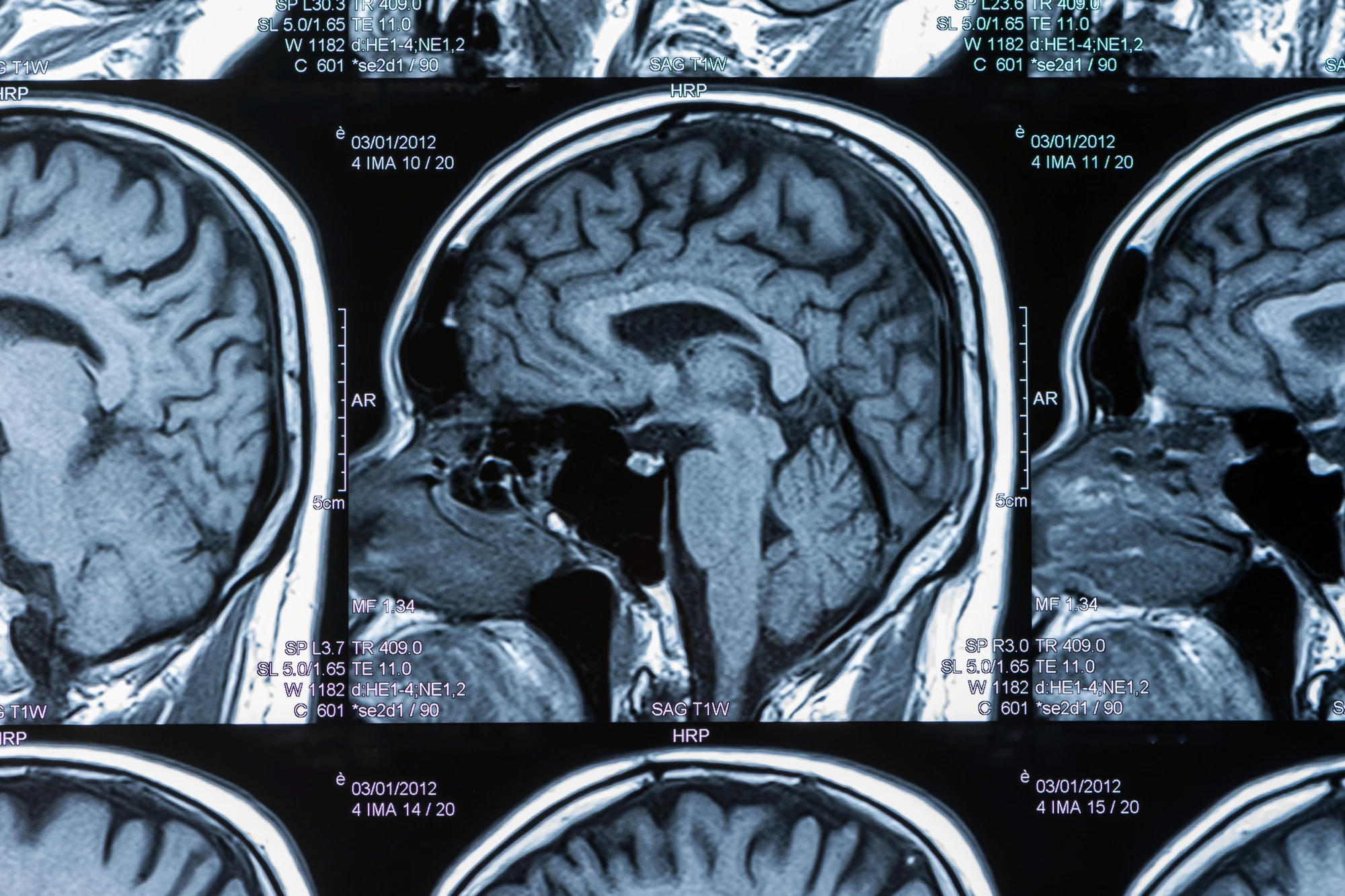Harm caused by repeated concussions, especially in the context of sports, has gained attention in both research and the media. A new study has found that psilocybin, the psychedelic ingredient in magic mushrooms, could be an effective treatment because of its brain-healing properties.
Over 90% of cases of traumatic brain injury (TBI) are mild. But, even if it’s regarded as mild, a head bump, blow, or jolt sustained during a sports match or military service still causes the brain to bounce around within the skull, stretches and damages brain cells, and causes chemical changes in the brain. There’s growing evidence on the long-term impact of repeated mild head impacts (rmTBI).
Other than “waiting and seeing,” there aren’t any medical treatments for rmTBI. However, a new study led by researchers at Boston’s Northeastern University has found that psilocybin, the psychedelic compound in magic mushrooms, could have great potential, due to its brain-healing properties.
“It really did incredible things,” said Craig Ferris, PhD, professor of psychology and pharmaceutical sciences at Northeastern and the study’s corresponding author. “What we found was that with head injuries is that functional connections go down across the brain. You give the psilocybin, and not only does it return to normal, but the brain becomes hyper-connected.”

In a previous study, the researchers had shown that a single mild impact to the head, one that didn’t show up as structural brain damage on imaging such as an MRI scan, resulted in a temporary increase in brain swelling (edema) caused by the leakage of fluid and proteins from damaged blood vessels. This leakage disrupts the blood-brain barrier, a protective membrane that separates circulating blood from the brain tissue, leading to fluid build-up and increased pressure in the brain. The researchers noted that the edema from a single blow, which occurred in specific brain regions, peaked at six hours but resolved after a day.
“There’s no contusion and bleeding in the brain [after one impact],” said Ferris. “All you see is the bump on the head from the edema on the skin. That’s perfectly fine, but if you have two or more bumps, then you’ve got these long, protracted problems with neuroinflammation, changes in the blood-brain barrier permeability, and changes in connectivity.”
For the current study, the researchers adopted a model that mimicked the types of sports-related head injuries that US National Football League (NFL) players might sustain. Nine-month-old female rats – roughly equivalent to a 27-year-old human – were divided into three experimental groups. One group was given a mild head injury each day for three consecutive days and injected with a 3 mg/kg dose of psilocybin after each impact. Another was given the same head impacts and injected with saline. The third, a control group, was given no head impacts and injected with saline. On day three, within an hour of receiving the last “bump on the head,” the rats had blood taken to test for biomarkers of mild head injury and underwent a brain MRI. Cognitive and motor behavior testing was carried out on days four to 10. A follow-up MRI was done on day 22.
“We impact them on the head,” Ferris said. “We don’t use anesthesia because people aren’t impacted under anesthesia [in real life]. Everything we do mimics the human experience. We’ve replicated the problem as true as we could to the actual experience. Our results we get with MRIs are the same results reported in the clinic. So not only does the experience replicate, but the results from that experience translate to the human condition as measured in scanners all over Boston.”
Consistent with what’s seen in real-life human examples of mild TBI, the rats displayed no significant behavioral deficits. However, the researchers did find some key brain changes accompanying the head impacts. Rats given psilocybin post-head injury showed reduced edema and “dramatic hyperconnectivity” in parts of the brain that are pathways for dopamine (the so-called ‘happy hormone’). Simply put, there was a significant increase in communication between regions of the brain. But, more than that, the researchers said that the hyperconnected dopaminergic pathways could indicate neuroplasticity, the ability of the brain to reorganize itself in response to injury, which may aid recovery.
“I was absolutely stunned,” said Ferris. “It actually improves these neuroradiological measures associated with head injury.”

Protein analysis revealed that psilocybin caused a decrease in phosphorylated tau, a modified form of the tau protein that plays a significant role in brain function, especially in maintaining the structure of nerve cells or neurons. Importantly, phosphorylated tau has been implicated in several neurodegenerative diseases, including Alzheimer’s disease and frontotemporal dementia (FTD), Parkinson’s disease, and chronic traumatic encephalopathy (CTE). Another protein, brain-derived neurotrophic factor (BDNF), which is vital to neuronal survival and growth, was increased post-psilocybin.
“The ability of PSI [psilocybin] to reduce tau phosphorylation suggests potential therapeutic applications beyond rmTBI, possibly extending to other tau-related neurodegenerative disorders,” the researchers said.
As an aside, some might be wondering about the dosage of psilocybin given in this study. The researchers said they looked to previous research using psilocybin to treat psychiatric disorders to determine the 3-mg/kg psilocybin dose they used. Compared to other studies, this dose could be considered large. For example, a 2023 review of studies where psilocybin had been given to treat depression found that effective doses were up to around 0.5 mg/kg. On the other hand, some studies have used larger, one-off doses of psilocybin. Another study from 2023 found that a single oral dose of 25 mg of psilocybin given to treat major depression significantly reduced symptoms and was well-tolerated.
Given the present study’s promising findings, the researchers intend to move on to studying whether psilocybin is effective at treating head injuries long after the injury has occurred.
The study has not yet been peer-reviewed but is available as a pre-print on the PubMed Central website.
Source: Northeastern University







